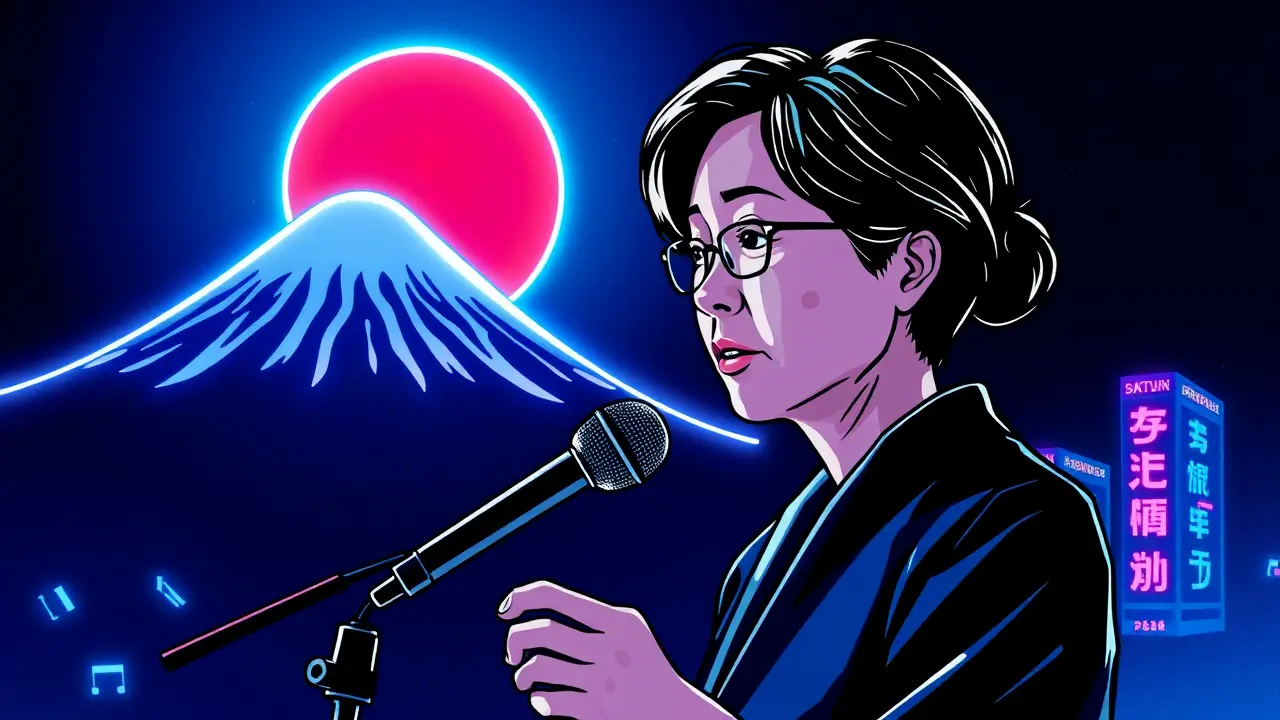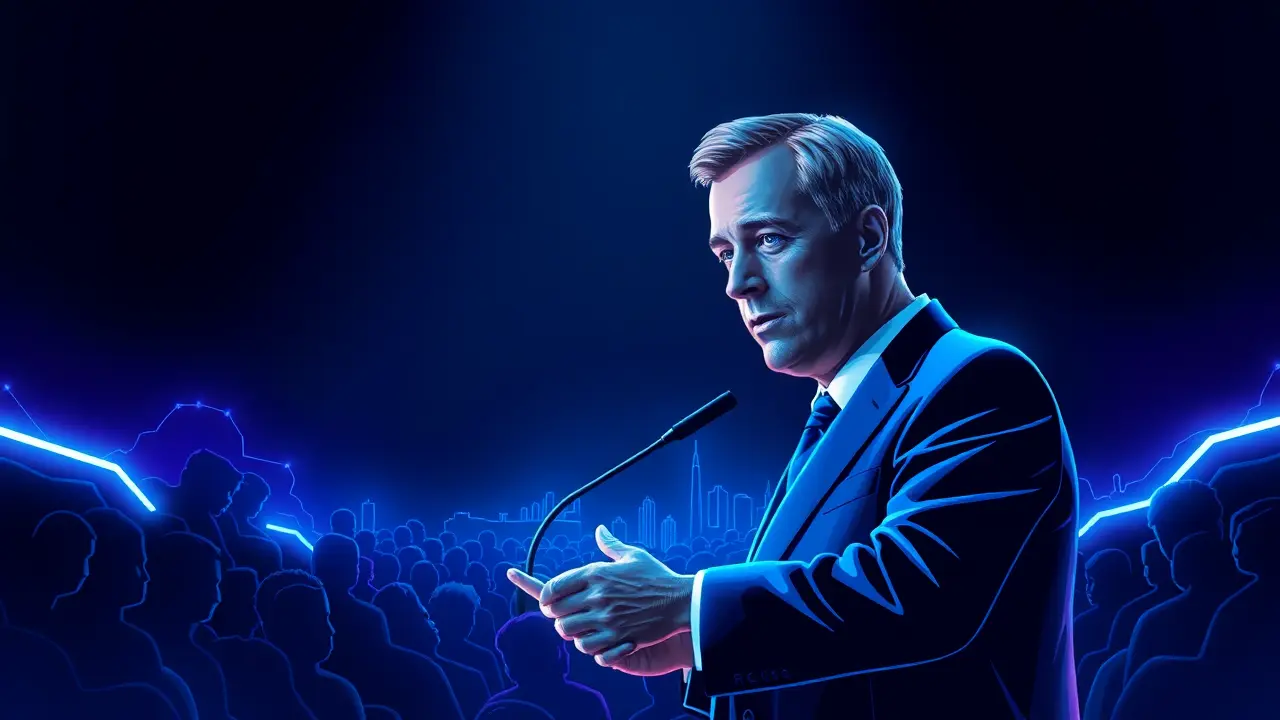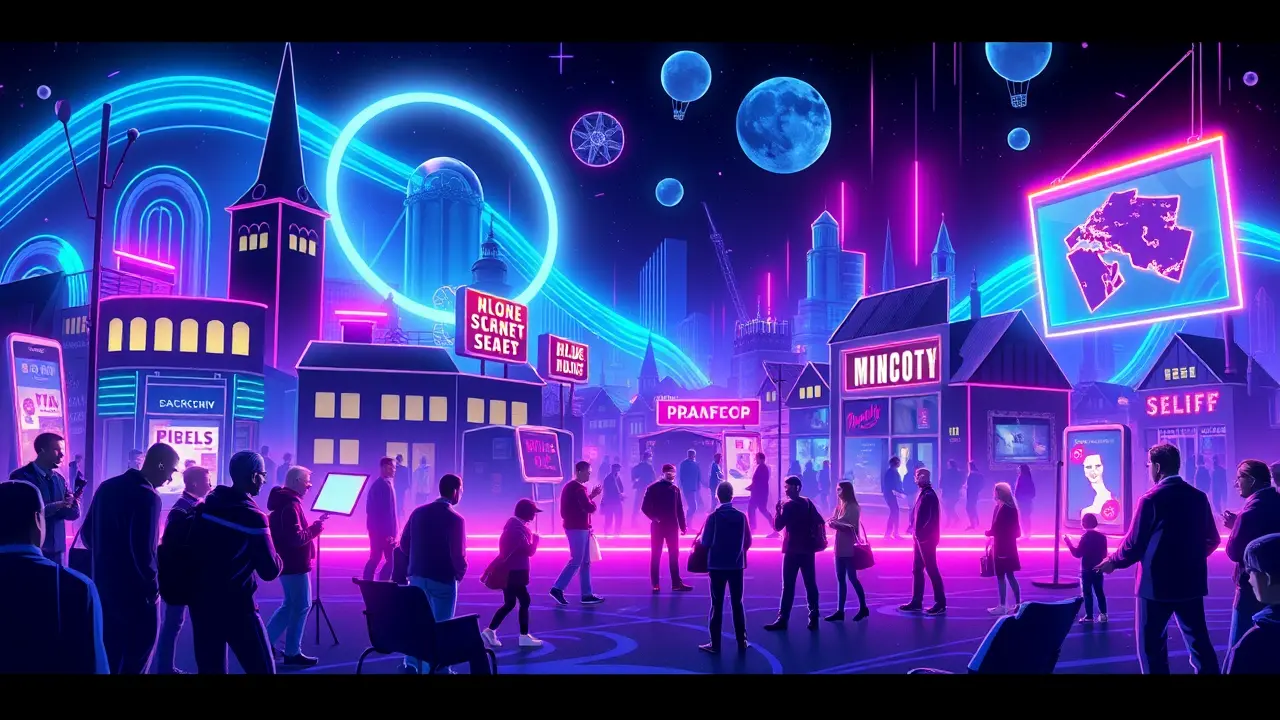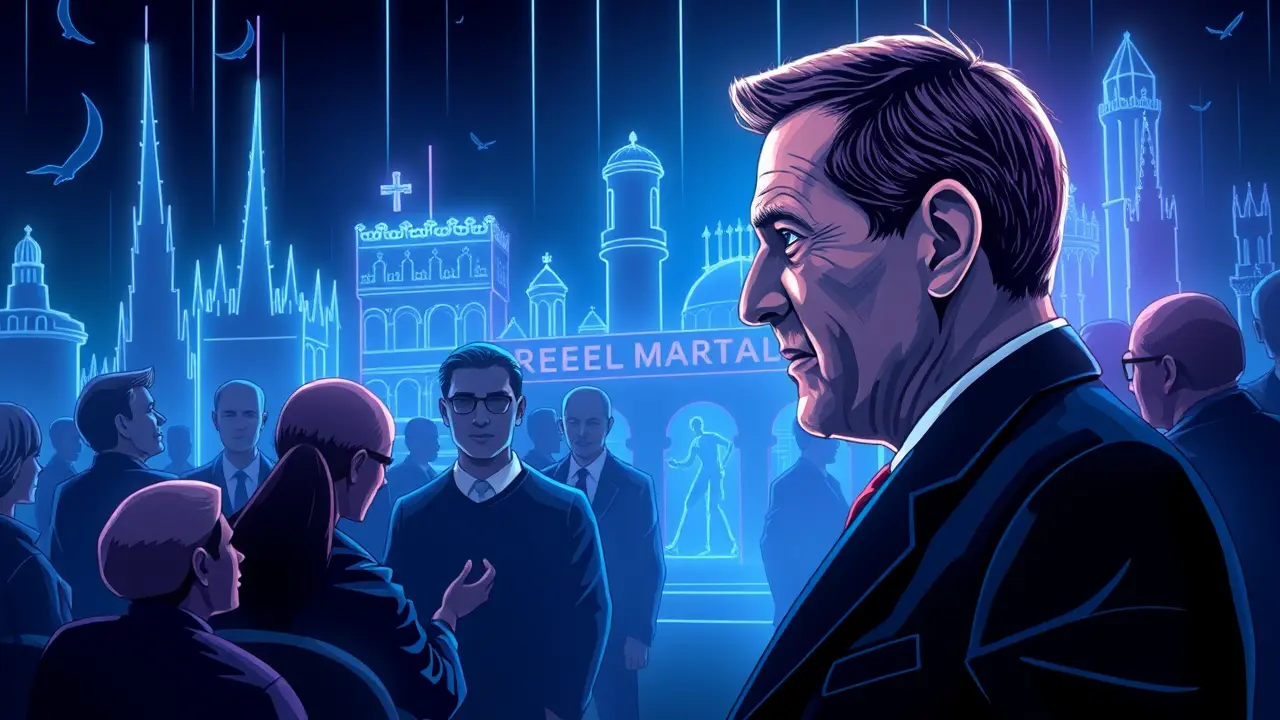
Politicsgovernments & cabinetsLeadership Transitions
Japan's New Prime Minister and the Art World.
AN
Andrew Blake
8 hours ago7 min read
The appointment of Sanae Takaichi as Japan's new Prime Minister presents a fascinating, and frankly unexpected, inflection point for the nation's cultural and artistic landscape, a development that feels less like a standard political transition and more like the opening of a new, intriguing chapter in a long-running novel. Takaichi, a figure whose background alone reads like a work of fiction, is not your typical bureaucrat; she is a former heavy metal drummer, a detail that immediately suggests a rhythm and energy starkly different from the often-staid world of governance, and she brings with her a deep, practical familiarity with the nation's creative exports, having previously overseen the Cool Japan initiative.This government strategy, for those who haven't followed its trajectory, was launched with the ambitious goal of projecting Japan's 'soft power' globally by promoting everything from its anime and manga to its cuisine and fashion, a kind of state-sponsored cultural evangelism aimed at transforming international perception and boosting economic prospects through allure rather than armaments. Her leadership in this arena means she arrives at the pinnacle of power not as a novice to the conversation about art's value but as someone who has already been in the trenches, grappling with the complex interplay of national identity, commercial appeal, and artistic integrity.The central question now, one that curators in Tokyo, artists in Kyoto, and gallery owners in London are all asking with bated breath, is how this unique blend of experiences will translate into tangible policy. Will the drummer-tuned-politician bring a disruptive, percussive beat to the ministry of culture's budget allocations, championing the avant-garde and the underground with the same fervor she once reserved for a guitar solo? Or will her Cool Japan background lead to a doubling down on commercially safe, export-ready art forms, further polishing the established brands of Murakami Takashi and Nara Yoshitomo while potentially overlooking the struggling, non-commercial studios that form the bedrock of the art ecosystem? One must consider the historical precedent: nations often see a surge in cultural investment and international artistic standing when a leader with a personal passion for the arts takes the helm, much like François Mitterrand's Grands Projets in Paris which physically reshaped the city's cultural map with monuments like the Louvre Pyramid.Takaichi has the potential to be Japan's Mitterrand, but the constraints of a challenging economic climate and pressing geopolitical concerns could just as easily relegate the arts to a secondary priority. Art market analysts in Hong Kong and New York are already speculating on the potential ripple effects; a strengthened, government-backed push for Japanese contemporary art could further inflate a market that has seen steady growth, attracting a new wave of international collectors and potentially shifting the center of gravity in the Asian art scene.Conversely, a failure to meaningfully engage could see Japan cede ground to the aggressively funded cultural machines of South Korea and China. The true test will be in the details: will her administration increase grants for public art installations, ease visa restrictions for international artists seeking residencies, or reform the tax codes that often hinder private donations to museums? The story of Sanae Takaichi and the Japanese art world is thus a narrative still being written, a complex canvas where the bold strokes of political will, the subtle hues of cultural legacy, and the unpredictable drips of global economics are only just beginning to blend, and its final composition will be studied for years to come as a case study in the power—or powerlessness—of a single leader to shape a nation's soul.
#Japan
#Sanae Takaichi
#Prime Minister
#Art World
#Cool Japan
#featured
Stay Informed. Act Smarter.
Get weekly highlights, major headlines, and expert insights — then put your knowledge to work in our live prediction markets.
Related News
© 2025 Outpoll Service LTD. All rights reserved.








